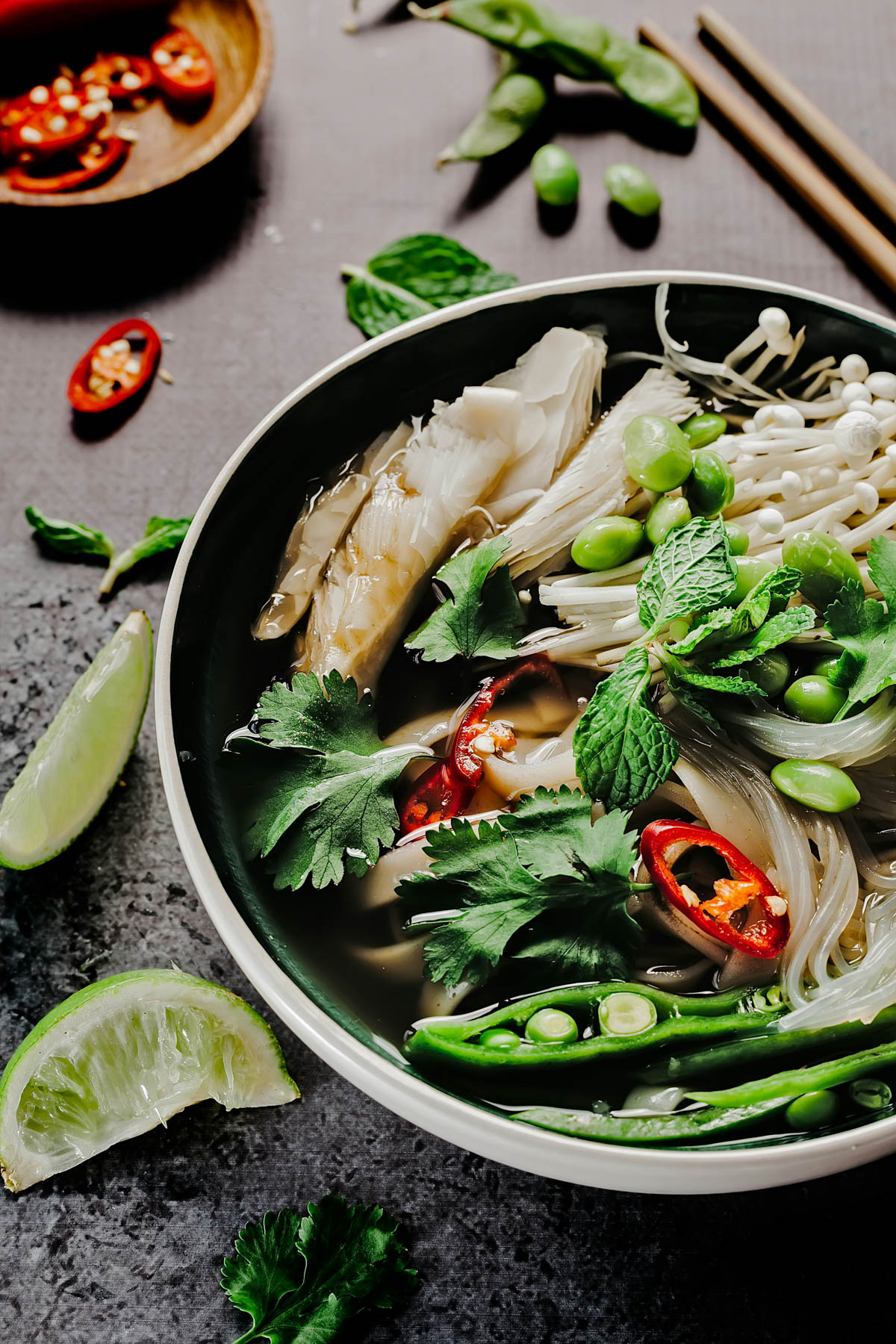
We love cooking Asian-inspired dishes in our home and for a long time, they always fell flat. Why? Because the noodles ended up in this gooey mess. I’d followed the directions on the box to a tee, but still they were lacking. They tasted all-right, but I was determined to figure out how to cook rice noodles perfectly so that our Asian dishes looked and tasted more like the real thing.
So tell me, are you tired of ending up with clumpy or sticky rice noodles that just don’t turn out as delicious as you hoped? Wondering why yours get squishy and sticky instead of al dente like the ones from the restaurant?
You’re not alone!
Whether you love a good stir-fry (such a great way to use up extra veggies), or want to make an authentic pad Thai, learning how to cook rice noodles the right way will take your Asian dishes to a whole new level.
I’m sharing my expert tips and tricks on how to cook rice noodles perfectly, so you can enjoy a light and delicate texture that enhances the flavors of your favorite dishes. From choosing the right type of noodles to getting the water temperature just right, we’ll guide you through each step to ensure your noodles come out beautifully every time.
Toss the takeout menu and get ready to cook up some impressive meals of your own. With our secret techniques, you’ll be well on your way to becoming a rice noodle master in no time. Ready to learn how to cook rice noodles perfectly? Let’s go!
The Importance of Proper Cooking Techniques
Unlike an Italian-style pasta noodle, rice noodles are very delicate which means they require some special attention. Hitting the perfect balance of doneness while avoiding overcooking is an art form, but once you know a few secrets, you’ll have perfect rice noodles every time.
Cooking them properly will result in that perfect chewiness with a silky texture and help them to easily absorb the flavors of whatever dish you cook them in—soups, stir-fries, salads and more!
Let’s dive into how to cook rice noodles with some expert techniques.
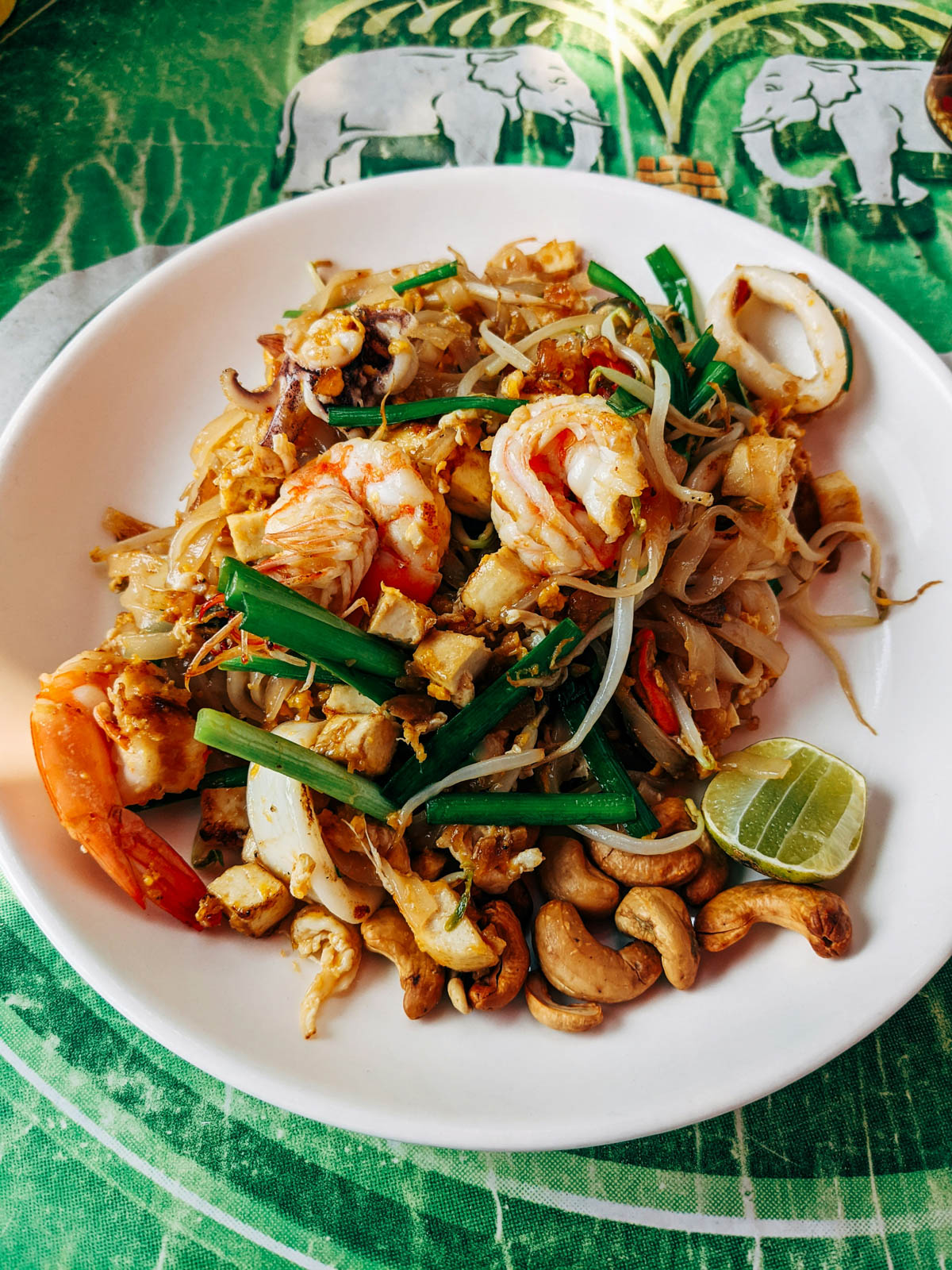
Choosing the Right Type of Rice Noodles
First, you’ll want to select a high-quality brand of rice noodles. Cheaper varieties have more starch on the noodle which can lead to them getting sticky quickly. Here are a few brands worth trying for their great reviews, some we use often and love:
- Ocean’s Halo Rice Noodles
- Lotus Foods Rice Noodles (made from heirloom rice)
- Thai Kitchen Thin Rice Noodles
- A Taste of Thai Rice Noodles
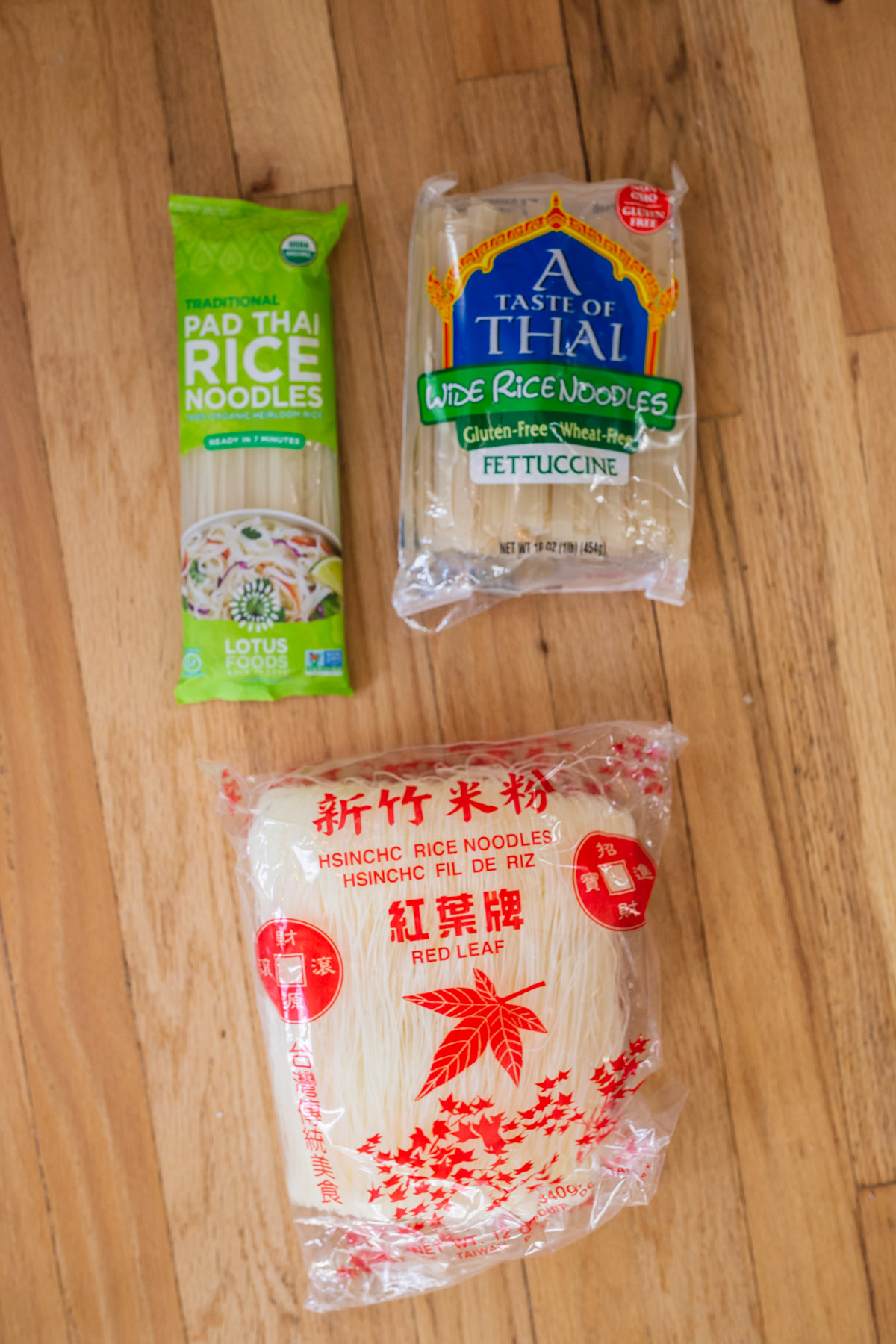
Typically there are 3 types of rice noodle sizes you’ll find in store:
- Vermicelli: These are super thin and cook quickly, great
- Flat Rice Noodles: Your typical pad Thai style noodle
- Wide Rice Noodles: Great in dishes like pad see ew, and honestly just a great size if you love noodles like me
How to Cook Rice Noodles Perfectly
When you buy rice noodles, they come with instructions on the box. Typically those instructions tell you to boil for a few minutes, drain and mix with your dish.
When I’ve followed these instructions, I typically end up with squishy, clumpy noodles—anyone else? These delicate noodles don’t need boiling water to cook, and boiling water can often lead to overcooking, hence sad, squishy noodles.
Cooking Techniques for Perfect Rice Noodles
Step 1: Soak in Warm Water
The best way to cook rice noodles is to put them in a large bowl and pour warm water over them then let them sit for 10-15 minutes. This will prevent them from overcooking. Test them every few minutes to make sure they’re perfectly cooked—chewy and silky is the texture we’re going for!
Step 2: Drain & Rinse Rice Noodles
Once you’ve cooked your rice noodles, drain them and rinse them with cold water. This will stop the cooking process and also rinse off any extra starch on the outside of the noodle that can lead to them getting sticky.
Step 3: Use in your Dish
Once of the biggest reasons you don’t want to overcook your rice noodles is that when they get added to your dish, they’ll get heated up and cook a bit more. If you’re starting with already overcooked noodles, you’re going to end up with a sticky blob! It might taste fine, but the texture won’t be as great as what it could be.
If your noodles will be sitting for a bit before cooking, make sure to drizzle a little oil like toasted sesame oil on them to prevent sticking. If you’re using immediately, any sauce in your dish should prevent them from sticking.
Other Cooking Methods
Boiling Water Soak: If you’re in a hurry, use boiling water over your noodles instead of warm. Test them after 5 minutes to make sure they’re not getting overcooked then follow the above instructions.
Cold Water Soak: Less common because honestly, who has time for that, but you can soak your noodles in cold water for a longer period of time.
Boil Them: Okay, I know I just told you not to do this, but it’s not going to totally ruin them. I personally just find the texture to be far superior with the other methods. If boiling, test early and immediately drain and rinse with cold water to prevent overcooking!

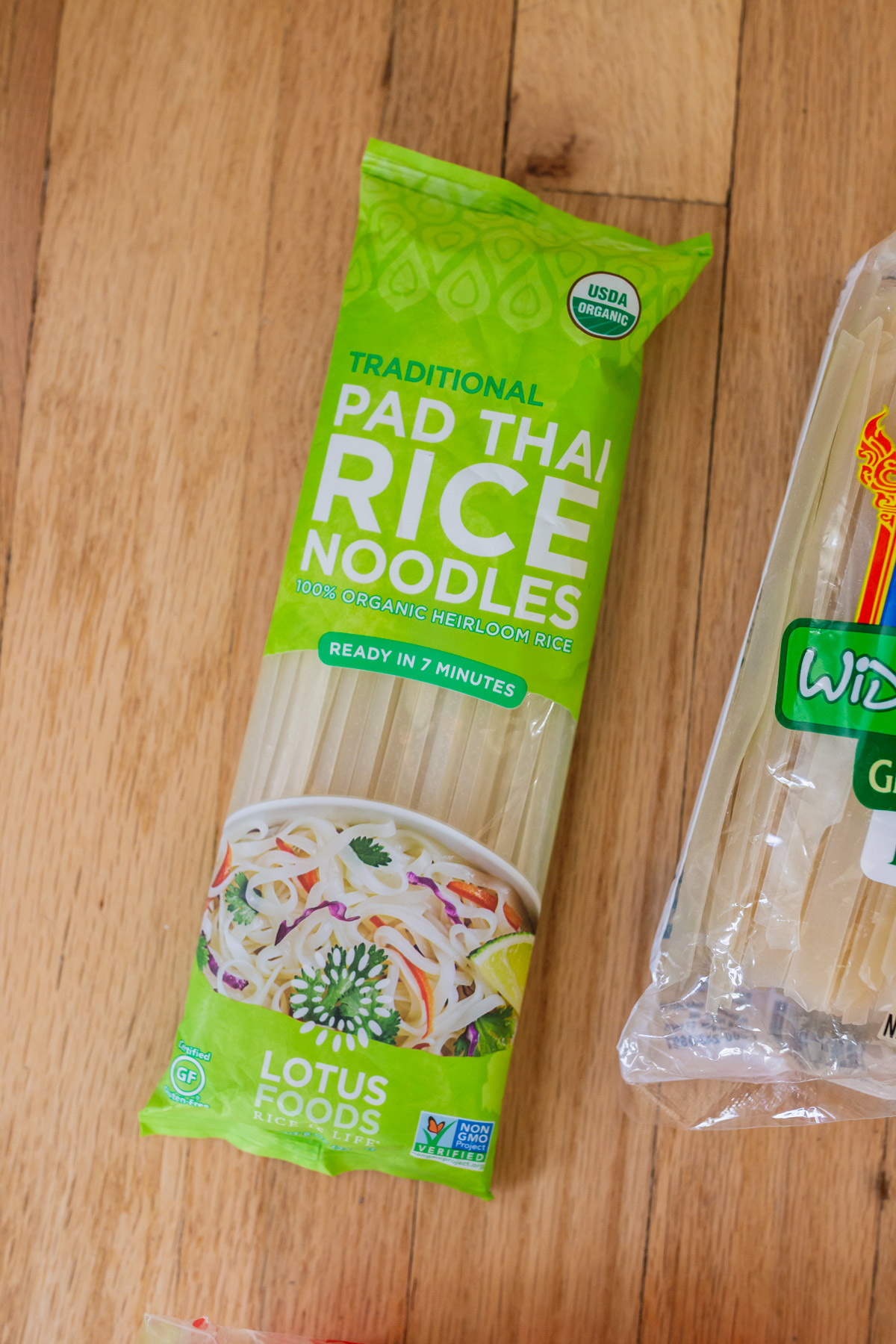
Tips for Preventing Rice Noodles from Sticking Together
Rinse with Cold Water: Rinsing immediately after soaking or cooking will remove excess starch that increases stickiness. This will also stop the cooking process and keep them from getting overcooked and soft. This will also help them to absorb the flavors of you dish better.
Toss with Oil: If you’re not immediately using your noodles, toss them in a bowl with a drizzle of toasted sesame oil or another neutral oil.
Toss with Sauce: Add your noodles to your sauce and toss quickly to let the noodles absorb the flavor and also be coated with the sauce to prevent sticking.
Common Mistakes to Avoid
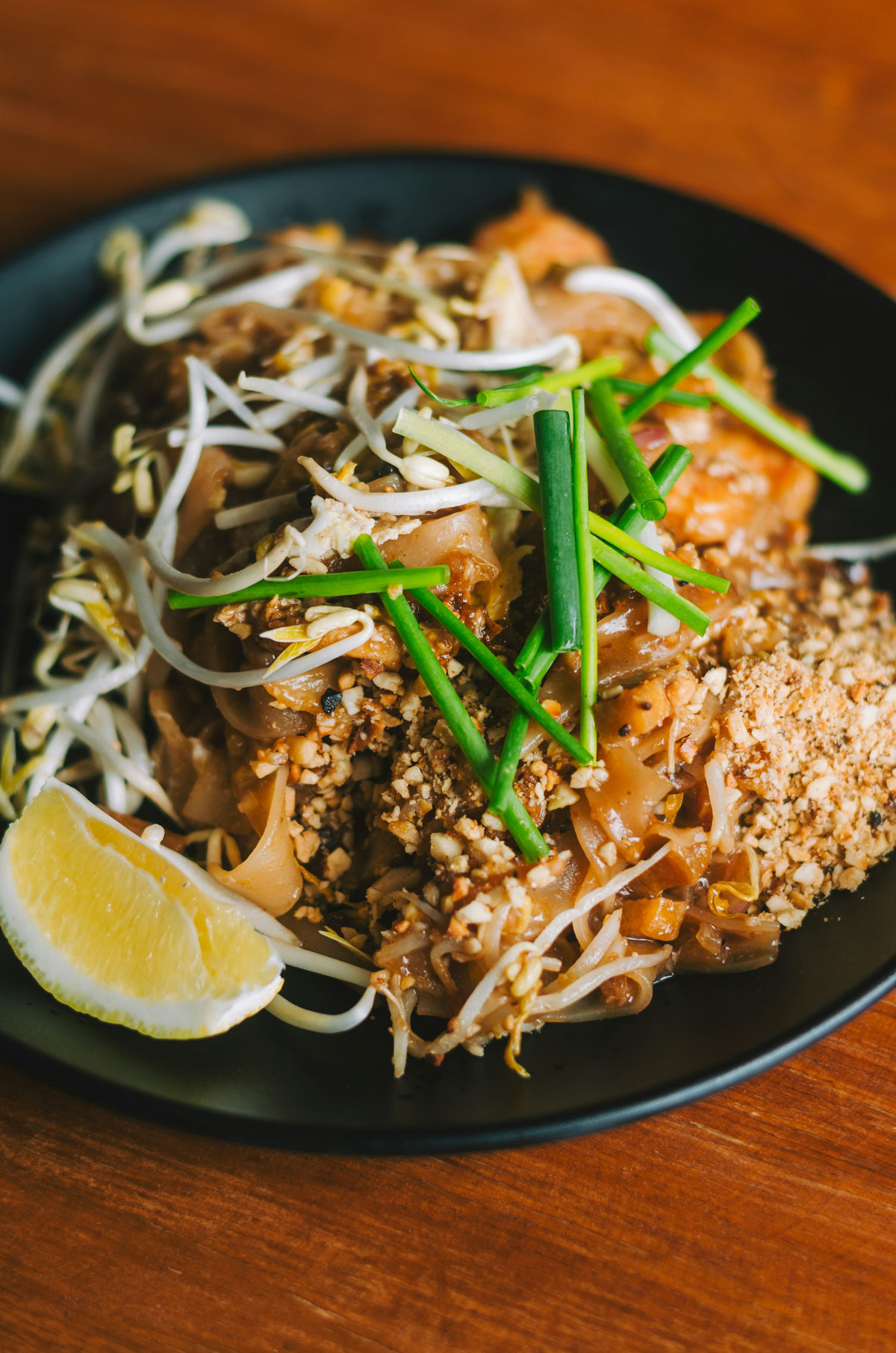
Overcooking: If you get one thing from this post, I hope it’s that you should never overcook your rice noodles! They’ll get a little more cooking in your final dish—stir-fry or soup, so if you’re worried about them getting too soggy, slightly undercook them.
Letting Sit for Too Long: I recommend making your noodles shortly before cooking your final dish. Don’t let them sit for too long.
Cooking Ideas:
- Pad Thai
- Bun Ga Nuong (chicken vermicelli bowls)
- Stir-Fries
- Soups like Pho
If your past rice noodle dishes weren’t cutting it, I hope these tips help you to create more flavorful, less sticky and delicious meals. Making perfect rice noodles isn’t hard, it just takes adjusting your cooking technique and water temperature to get them perfect!
BTW, quinoa fried rice, and easy veggie spring rolls.


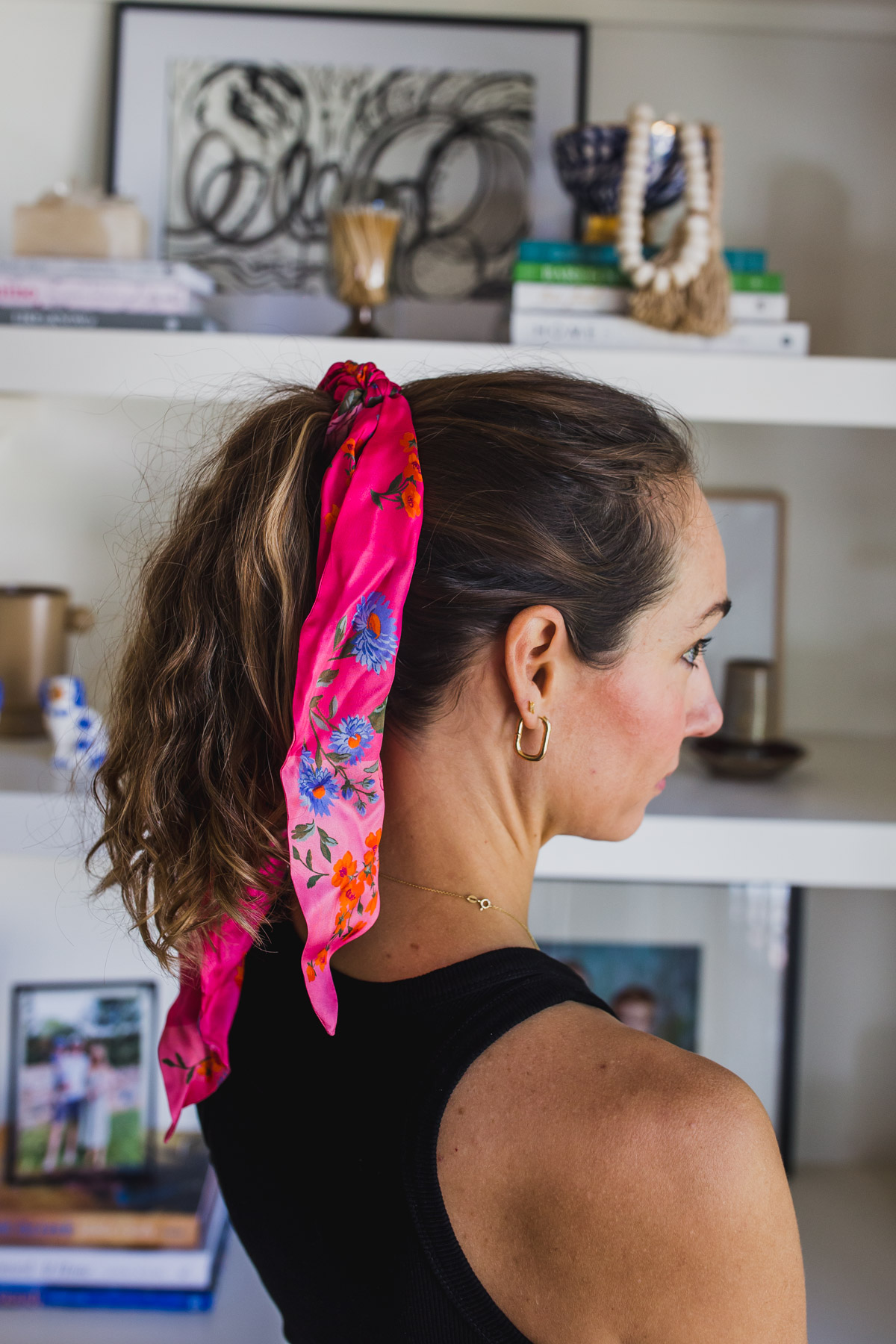
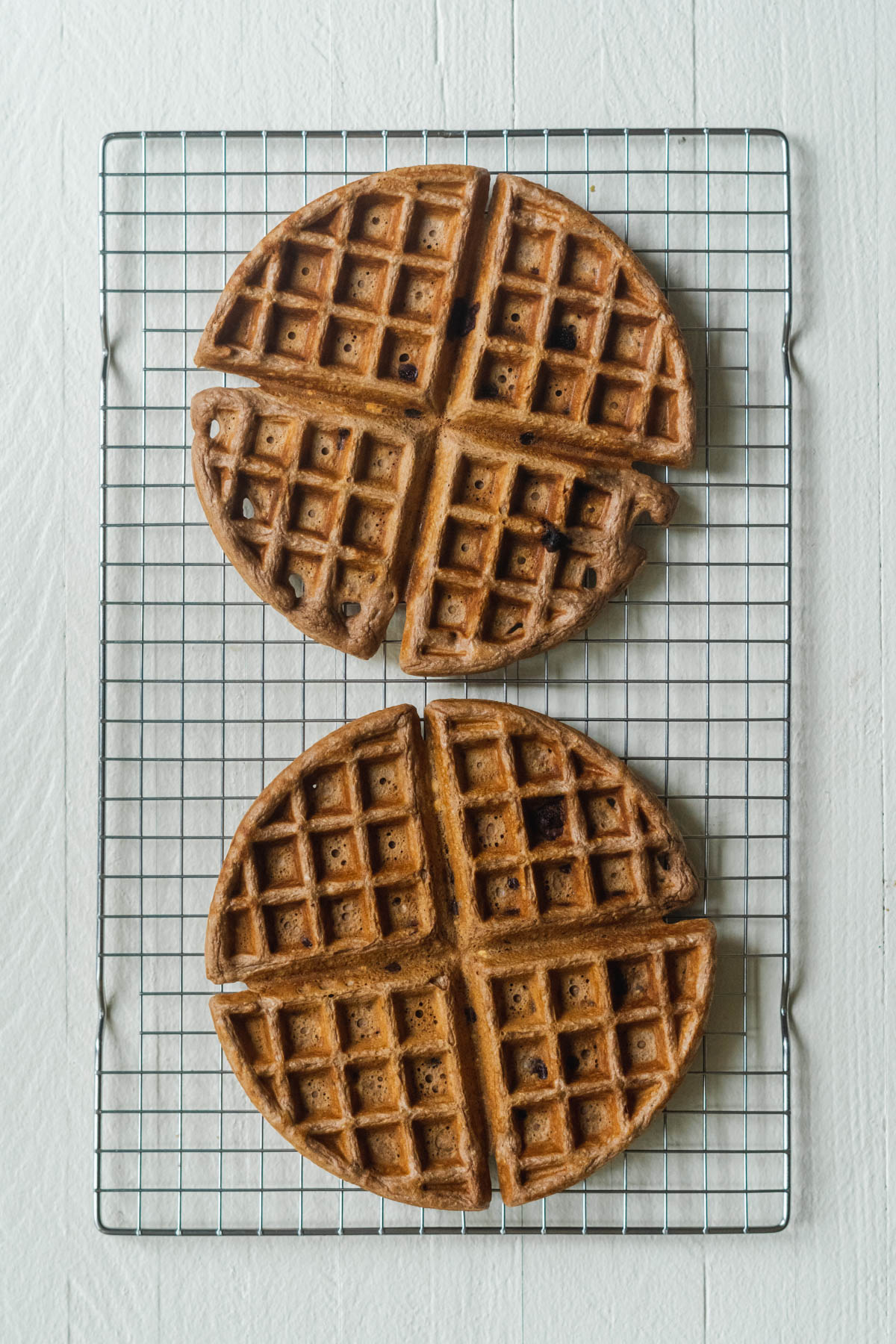





You must be logged in to post a comment.